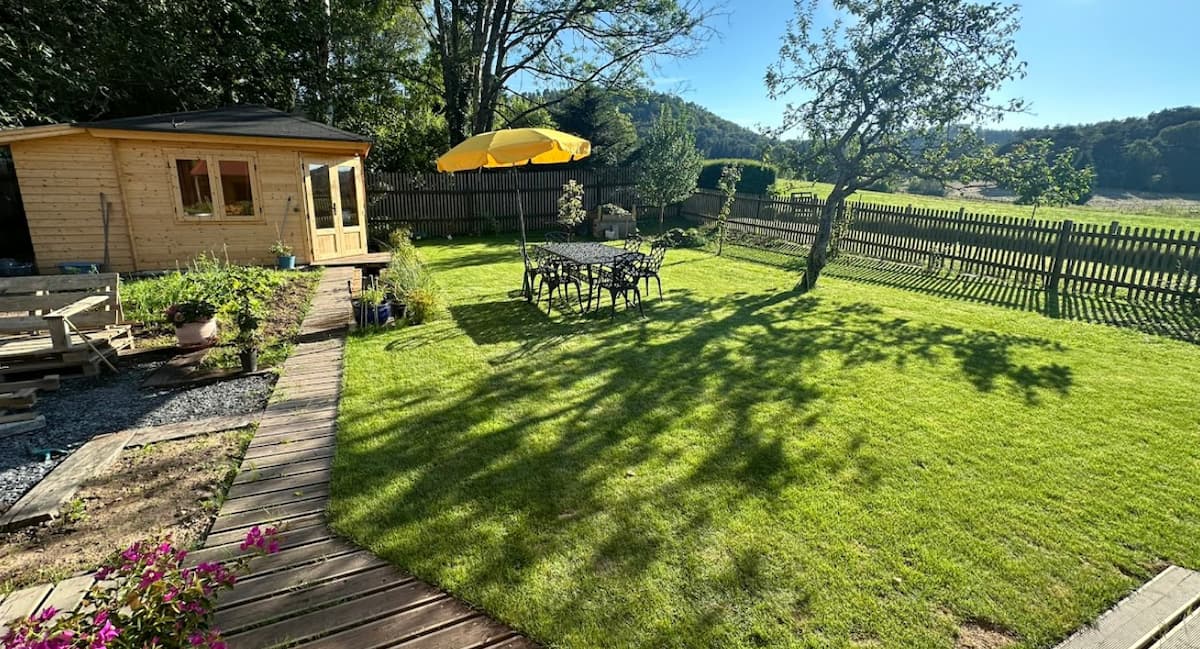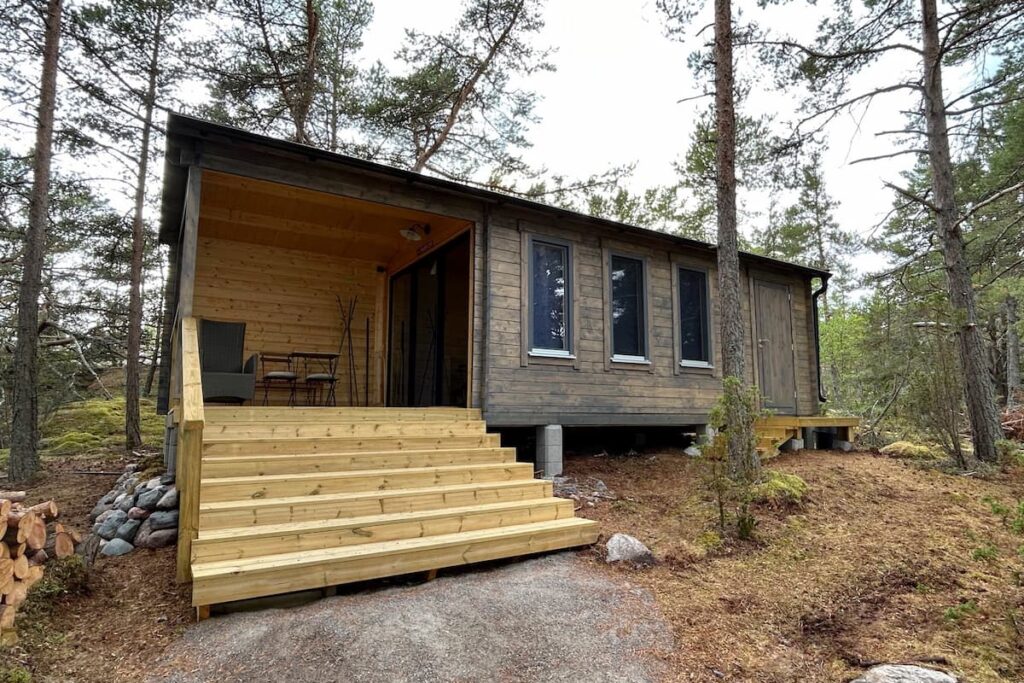
Thinking of buying a piece of countryside in Spain? Whether it’s a long-held dream of building your home among the olive groves or simply a way to escape the city buzz, buying rural land comes with its own set of rules – and plenty of them. Understanding the legal requirements upfront can help you avoid costly mistakes and ensure your plot is not just scenic but also viable for your plans.
This guide covers everything you need to know about minimum land sizes, registration, and what you’re legally allowed to do on rural plots in Spain.
Table of contents:
- What is a rural plot?
- What laws apply?
- How many square meters do you need?
- Regional variations
- General requirements for registration
- What can you do with rural land?
- Can you build on it?
- Legalising existing buildings
- Expert tips before buying
- Final thoughts
|
1. What counts as a rural plot?
A rural plot (terreno rustico) is land officially classified as non-urbanisable. It’s not meant for regular residential or industrial development but is often designated for agricultural, livestock, forestry or ecological uses.
This classification affects everything – from how you register it to whether or not you can build on it – and regulations vary significantly depending on the region and municipality.
2. Which rules apply?
Rural or rustic land in Spain is subject to multiple layers of regulation:
- State laws: Spain’s national Land and Urban Rehabilitation Law sets the overarching principles.
- Regional laws: Each autonomous community manages its own planning laws, which can override or add to the national framework.
- Local planning rules (PGOU): Your municipality’s urban plan determines land use, building limits, and what licences are required.
Bottom line: what’s allowed in one area might be totally prohibited in another. Always check local rules before moving forward.
3. How many square meters do you need to register a rural plot?
There’s no single national minimum, the required surface area varies depending on how the land will be used and local planning regulations. As a general guideline:
- Minimum land size starts at 2,000 m² (0.2 hectares)
- Larger sizes are often needed if you intend to construct a home or commercial structure on the land.
- In some regions, 2.5 hectares or more may be required, especially for building on rural land
4. Minimum plot sizes by region (examples)

These are indicative figures, always confirm with the relevant municipality:
- Andalusia: At least 2.5 hectares for a rural home
- Catalonia: 1–3 hectares, depending on municipality
- Galicia: Typically 2 hectares for division
- Valencian Community: Minimum 10,000 m² for general rural zoning
Your plot must also align with zoning rules set out in the PGOU, some zones may forbid residential use altogether.
5. Other requirements to register a rural plot
Apart from surface area, there are several criteria to meet:
- Legal access to a public road. You must have legal and direct access to a public road, highway, or street.
- Maximum building height: Often capped at 7m
- Occupancy size: In many cases, the building cannot exceed 20% of the total plot.
- Distance rules: E.g. 5m from borders
Basic services: Not always mandatory, but advisable (water, electricity, waste)
Check with the local council whether utility connections are possible. In remote areas, self-sufficiency (solar, septic tank) is often necessary.
6. What can you actually do with rural land?
Rustic land is primarily intended for activities that are in harmony with the natural environment and do not significantly alter the surroundings. Permitted uses may vary depending on regional and municipal regulations, but commonly can include:
- Agriculture and crops: Includes planting, harvesting, and additional structures such as warehouses, greenhouses, or water tanks.
Livestock use: Animal shelters, stables, and so on. Basically, any structures related to livestock breeding and management.
- Auxiliary infrastructure: Buildings related to the processing or preservation of agricultural or livestock products.
- Forestry: Buildings used for storage or management of forest resources.
- Housing related to rural activities: In certain cases, housing for farm workers may be permitted.
Low-impact recreational or tourist activities: Camping areas, cabins, or other elements compatible with the environment.
Get written confirmation from the town hall before beginning any work.
7. Can you build a home on rustic land?

It depends on the region and the land. In areas like Andalusia, it’s possible, but only if:
- The land must have a minimum surface area, generally from 2.5 hectares.
- The house must occupy a maximum of 1% of the plot.
- Only one single-family home per plot is permitted.
- Construction must not exceed two floors or 7 meters in height.
- Must be 100 meters from other houses and 25 meters from boundaries.
- Must meet sustainability criteria, such as installing renewable energy (solar panels, for example).
- The house must be outside risk zones, such as floods or forest fires.
Other regions have similar frameworks, but the fine print varies.
Can existing buildings on rural land be legalized?
It may be possible to legalise it, depending on age and compliance. In Andalusia and the Valencian Community, regularisation frameworks like Assimilated Out of Ordination (AFO) exist for older buildings, but not all structures may qualify.
9. Recommendations before buying or registering a rural plot
Before acquiring rural land, we recommend:
- Consulting the municipality or autonomous community’s urban planning to know the exact land classification
- Seeking legal or technical advice to review specific requirements and use possibilities
- Checking the land’s registry and cadastral status to avoid future problems
- Verifying that the land has legal access and that boundaries are delimited
- Finding out about available basic services or the possibility of installing them
- Evaluating construction viability if you want to build, considering minimum surface area and applicable regulations
10. Conclusion
Rural land offers freedom, beauty, and possibility – but only if you play by the rules. Understanding plot size requirements and zoning limitations early can save you from serious setbacks later.
And, if you’re dreaming of a natural-style home, there are great rural-friendly solutions like timber cabins and garden sheds that combine comfort with compliance.
Used sources:
- https://www.boe.es/buscar/doc.php?id=BOE-A-2015-11723
- https://www.servihabitat.com/es/blog/inmobiliaria/nueva-ley-suelo-rustico-andalucia
- https://www.fusterarquitectos.es/blog/ingenieria/metros-minimos-segregar-finca-rustica
- https://laquintafachada.com/construccion-en-suelo-rustico-es-posible-edificar-en-parcelas-rurales-en-la-comunidad-valenciana/


